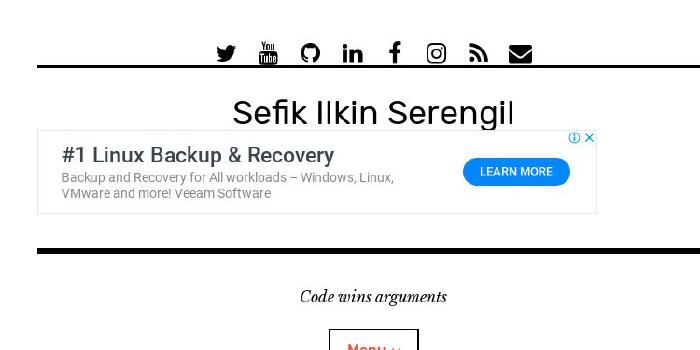Vadikus/practicalDL

A Practical Guide to Deep Learning with TensorFlow 2.0 and Keras materials for Frontend Masters course
| repo name | Vadikus/practicalDL |
| repo link | https://github.com/Vadikus/practicalDL |
| homepage | |
| language | Jupyter Notebook |
| size (curr.) | 3453 kB |
| stars (curr.) | 40 |
| created | 2019-11-13 |
| license | Apache License 2.0 |
github.com/Vadikus/practicalDL
Educational materials for Frontend Masters course “A Practical Guide to Deep Learning with TensorFlow 2.0 and Keras”
Setup
Prerequisite: Python
To use Jupyter Notebooks on your computer - please follow the installation instructions. Note: Anaconda installation is recommended if you are not familiar with other Python package management systems.
Guided Steps
-
Install dependencies
pip install -r requirements.txt -
Run jupyter notebook
jupyter notebook
Agenda/Curriculum
00) Introductions:
- 🙋♂️ About myself
- About this course/workshop - quick demo & tools overview
- 🎨 Whiteboard drawings
- 📝 Jupyter Notebooks
- 👨🏻💻 Terminal commands (pip, jupyter -> !cmd, pyenv & conda)
- 💻 GitHub repos (for class, TFJS -> 🎥 pose demo 🕺, books repos, TF/Keras demos)
- 🕸 Websites (TF, TF-hub)
- 📚 Books:

- “Deep Learning with Python” by François Chollet
- “Hands-On Machine Learning with Scikit-Learn, Keras, and TensorFlow: Concepts, Tools, and Techniques to Build Intelligent Systems” by Aurélien Géron
- “Hands-On Neural Networks with TensorFlow 2.0” by Paolo Galeone
- (plot) What is the difference between Statistics / Machine Learning / Deep Learning / Artificial Intelligence? @matvelloso. Shoes size example. Information reduction.
- (plot) Compute + Algorithm + IO
- (plot) Why now, AI? Chronological retrospective.
- (plot) Hardware advances: SIMD, Tensor Cores, TPU, FPGA, Quantum Computing
- (plot) HW, compilers, TensorFlow and Keras -> computational graph, memory allocation
0) Don’t be scared of Linear Regressions - it does not “byte”!.. Basic Terminology:
- Linear regression Notebook
- 🐵🧠 (plot) What is neuron? What is activation function?
1) 👀 Computer Vision:
- ✍🏻 Handwritten digits (MNIST) recognized with fully connected neural network
- 📸 (plot) One-hot encoding
- 👁 Information theory and representation: MNIST Principal Component Analysis
- 🙈 (plot) Fully connected vs. convolutional neural network
- 📷 (plot + Notebook) Convolutions, pooling, dropouts
- 🛒 (plot) Transfer learning and different topologies
- 🎨 Style transfer
- 🧐 (Convolutional) Neural Network attention - ML explainability
2) Text Analytics - Natural Language Processing (NLP):
- 🤬 Toxicity demo
- 📝 (plot) How to represent text as numbers? Text vectorization: one-hot encoding, tokenization, word embeddings
- 🙊 IMDB movies review dataset prediction with hot-encoding in Keras
- 🤯 Word embeddings and Embedding Projector
- 🗒 Embedding vs hot-encoding and Fully Connected Neural Network for IMDB
- 📒 Can LSTM guess the author?
3) Can Robot juggle? Reinforcement Learning:
- 🎭 (plot) Actors and environment
- Reinforcement learning
4) Operationalization, aka “10 ways to put your slapdash code into production…”
- (plot) Data - Training - Deployment aka MLOps or CI/CD for Data Scientists
5) Summary
- Quick recap what we learned so far





